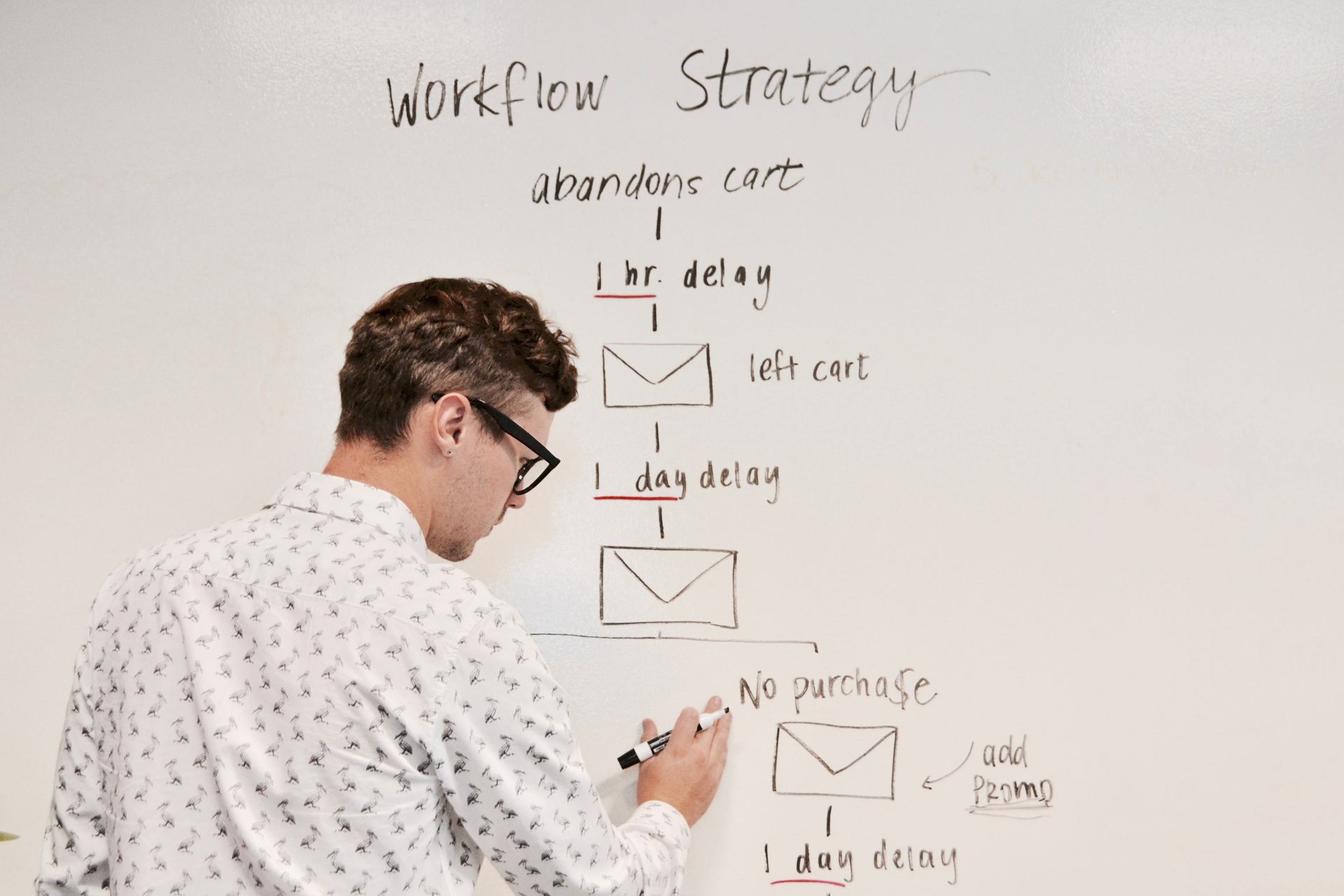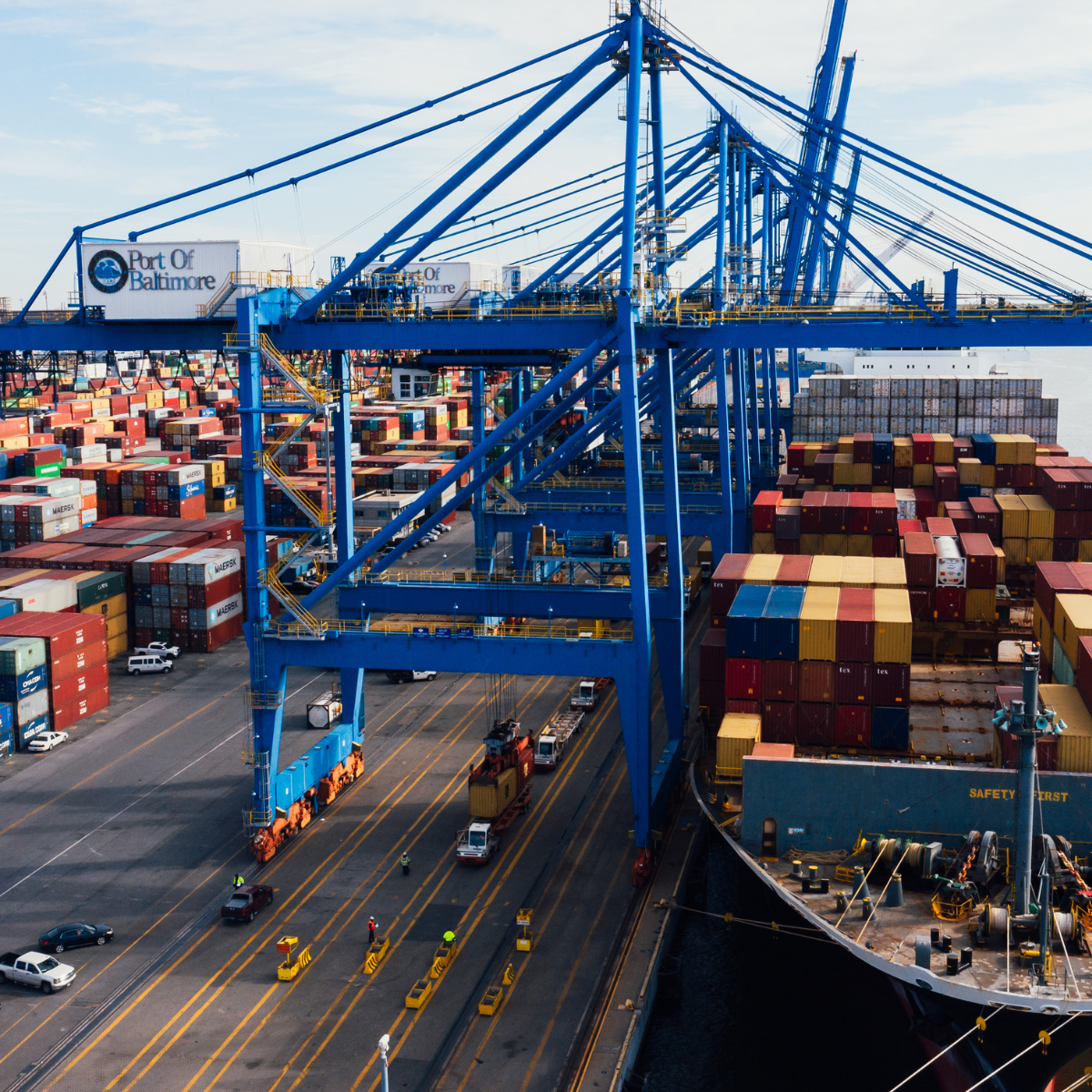Process vs. Procedure - What's the Difference?
Process vs. Procedure - Understanding the Differences

In the business world, terms like “process” and “procedure” are commonly used, often interchangeably. However, while they are closely related, they represent distinct concepts that are essential to understand for anyone looking to optimize operations, improve efficiency, or solve business challenges. A clear understanding of both terms is critical for ensuring high-level discussions are productive and meaningful.
Being able to articulate and grasp the nuances of business terminology allows professionals to confidently engage in complex conversations, solve challenges more effectively, and ultimately drive better results for their organizations. Knowing the difference between processes and procedures—and how to document and implement them properly—can save your business valuable time and money while enhancing overall performance.
In this post, we’ll define these two terms, explain how they complement each other, and provide practical tips and templates to help you document them effectively.
What is a Process?
A process is a high-level, overarching series of steps designed to achieve a specific goal or outcome. It provides a roadmap, outlining the stages a business needs to move through to reach a desired objective. Think of a process as a "big picture" view that maps out a journey from start to finish, detailing major tasks or phases but leaving the finer details for later.
Examples of Processes:
- Onboarding New Employees – From recruiting and hiring to orientation and training, this process includes broad steps to integrate new team members into your organization.
- Order Fulfillment – Covering the journey from receiving an order to delivering the product to the customer, including picking, packing, shipping, and final delivery.
- Product Development – The process that outlines all major steps, from ideation and market research to design, prototyping, and production.
These are examples of processes where various stages of work must be completed to move toward a defined goal. Processes are typically documented via Process Map/Process Flow diagrams. Process maps are created to show a visual representation of the steps that take place in a process.
What is a Procedure?
A procedure, on the other hand, is much more granular. It refers to the specific, step-by-step instructions that detail how to perform tasks within the broader process. Procedures ensure that each action is executed consistently and according to standards, allowing employees to follow a clear set of guidelines to complete their tasks efficiently.
Examples of Procedures:
- New Hire Orientation – A detailed breakdown of specific tasks to complete during employee onboarding, such as filling out forms, completing training modules, and setting up accounts.
- Inventory Management – Step-by-step instructions for stock-taking, replenishing inventory, and updating warehouse records.
- Customer Service Handling – Specific scripts, troubleshooting steps, and escalation procedures to follow when resolving customer issues.
These smaller, focused procedures serve as the building blocks that guide the progression through a larger process. They are vital in maintaining quality and consistency across your organization. Procedures are typically documented via Standard Operating Procedures. Standard Operating Procedures (SOPs) are documents that outline a set of step-by-step instructions designed to guide employees or members of an organization through routine operations or tasks. SOPs aim to achieve efficiency, quality output, and uniformity of performance.
Why Processes and Procedures Matter for Business Success
Properly documenting processes and procedures can offer a wide range of benefits for your business:
- Consistency and Quality Control: When processes and procedures are documented, employees have a clear reference point for performing tasks. This reduces ambiguity, leading to fewer errors and improved consistency in outcomes.
- Efficiency and Time Savings: Well-defined procedures ensure that employees know exactly what steps to follow, eliminating guesswork and streamlining operations. This can reduce the time needed to complete tasks and minimize delays in workflows.
- Scalability: As your business grows, having documented processes makes it easier to onboard new employees, integrate new technologies, and expand operations without sacrificing quality or efficiency.
- Compliance and Risk Management: In highly regulated industries, documenting processes and procedures is essential for meeting legal requirements, ensuring compliance, and mitigating risks. Clear procedures also help during audits or internal reviews.
- Employee Empowerment: Providing employees with documented procedures gives them the confidence to take initiative, complete tasks independently, and problem-solve effectively, which increases job satisfaction and productivity.
Key Questions to Consider for Your Business
To determine whether your business could benefit from better-defined processes and procedures, ask yourself the following questions:
- Are tasks being completed inconsistently across different teams?
- Do you frequently encounter delays or bottlenecks in your workflows?
- Is there a high rate of human error or rework?
- Do employees often require additional guidance or training on how to complete routine tasks?
- Are you struggling with compliance issues or regulatory requirements?
If you’re facing any of these challenges, it’s likely that your business could greatly benefit from properly documented processes and procedures. By taking the time to establish clear workflows, you can improve overall operational efficiency, reduce errors, and position your business for long-term success.
At Brewster Consulting Group, we specialize in helping businesses like yours streamline operations through the effective development and documentation of processes and procedures. Our team of experts is ready to assist you in building customized workflows tailored to your specific needs, ensuring your business runs smoothly and efficiently. If you're interested in a free consultation to discuss what steps might make sense for your business, please use the "Book a meeting" button at the top of the page, and let's connect. If you'd like to learn more about Process vs. Procedure including some visual examples, you can view a video we made on the topic here.
Thanks for reading!
At Brewster Consulting Group, we recognize that managing data can be a daunting task for small and mid-sized enterprises. Allow us to assist you in harnessing the potential of operational intelligence! Reach out to one of our specialists today to refine your data strategy, optimize your processes, and establish solid governance. Ready to cultivate data analysis and propel scalable growth? Your journey begins right here!











